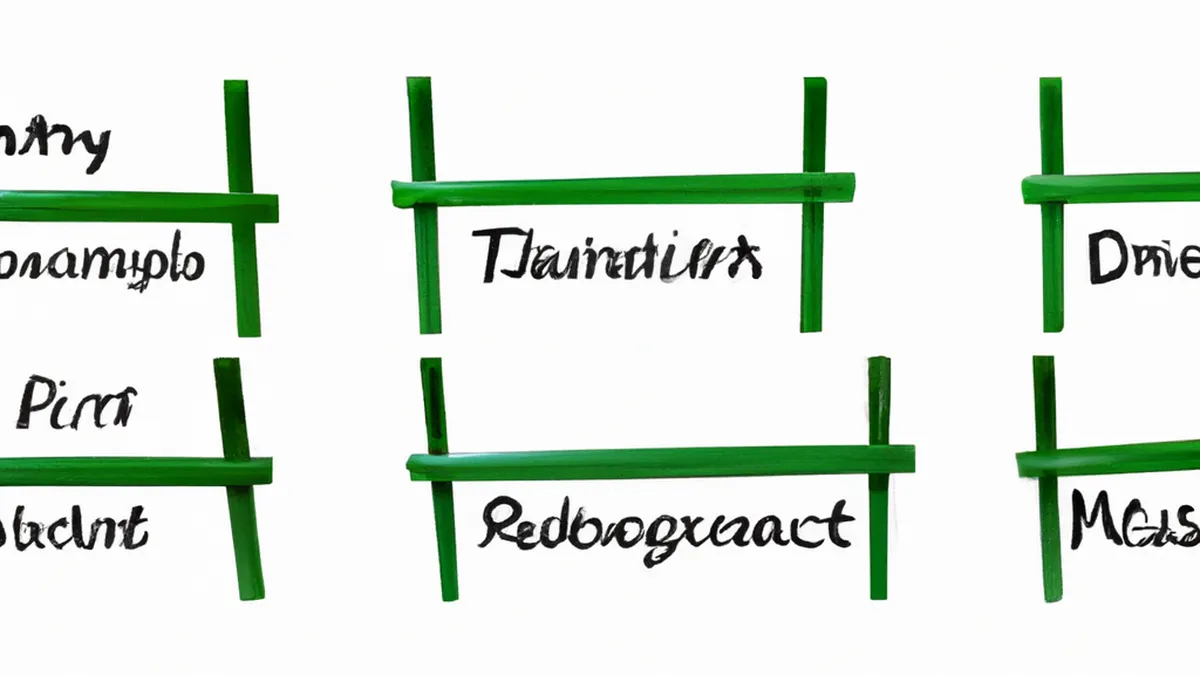Develop Agility Skills for Martial Arts Teams
How to Develop Team Agility Challenges for Martial Arts Classes
Martial arts requires both individual skill and teamwork. Agility challenges enhance team dynamics while improving individual abilities. These challenges engage students, promote collaboration, and build camaraderie. This post provides tips for creating effective agility challenges in your martial arts classes, helping students grow and bond as a team.
Understanding Team Agility
Agility in martial arts means moving quickly and easily, using coordination, balance, and speed. Team agility challenges encourage students to collaborate while refining these skills. When students work together, they learn to rely on each other, enriching their dojo experience.
Martial arts often thrives in supportive communities. Fostering teamwork through agility challenges strengthens these bonds. As students trust and support each other, they develop valuable social skills that benefit their personal growth.
Tips for Developing Team Agility Challenges
Set Clear Objectives
Before designing challenges, identify clear objectives. Decide which specific skills you want the team to enhance. For example, do you want to improve speed, coordination, or communication? Clear objectives help create focused activities, ensuring each challenge serves a purpose. This clarity motivates students and makes the experience more meaningful.
Create Diverse Challenges
Variety keeps students engaged. Design a mix of agility challenges like running, jumping, and dodging. For instance, set up obstacle courses or relay races that require various movements. Different challenges maintain excitement, preventing monotony that can lead to disengagement.
Vary difficulty levels so all students can participate and succeed. Tailoring challenges for different abilities fosters inclusivity and encourages all students to push their limits without feeling overwhelmed.
Incorporate Teamwork Elements
Teamwork is essential in martial arts training. Include elements that require collaboration and communication. For example, pair students to complete tasks, like navigating an obstacle course where one is blindfolded while the other guides. These activities build trust and enhance communication skills.
Set up challenges that require teams to strategize and plan. This encourages discussion of tactics and sharing ideas, fostering critical thinking and problem-solving. The more students engage with each other, the more they develop teamwork skills.
Use Feedback to Improve
Feedback drives growth for individuals and teams. After each challenge, gather student input on enjoyable aspects and difficulties. This information helps you refine future challenges.
Conclusion
Developing team agility challenges enhances martial arts training. It fosters collaboration, improves skills, and strengthens community bonds. Implement these tips to create engaging challenges for your classes.
Below are related products based on this post:
FAQ
What are team agility challenges in martial arts?
Team agility challenges are activities designed to enhance both individual skills and teamwork among martial arts students. They focus on improving agility, coordination, and communication while encouraging collaboration and camaraderie within the group.
How can I create effective agility challenges for my martial arts class?
To create effective agility challenges, start by setting clear objectives that focus on specific skills you want to enhance. Incorporate a variety of activities such as obstacle courses and relay races, and ensure that challenges are tailored for different skill levels. Additionally, integrate teamwork elements that require collaboration and communication among students.
Why is feedback important after agility challenges?
Feedback is crucial as it drives growth for both individuals and teams. By gathering student input on what they enjoyed and what challenges they faced, you can refine future activities to better meet their needs and enhance the overall learning experience.















Post Comment